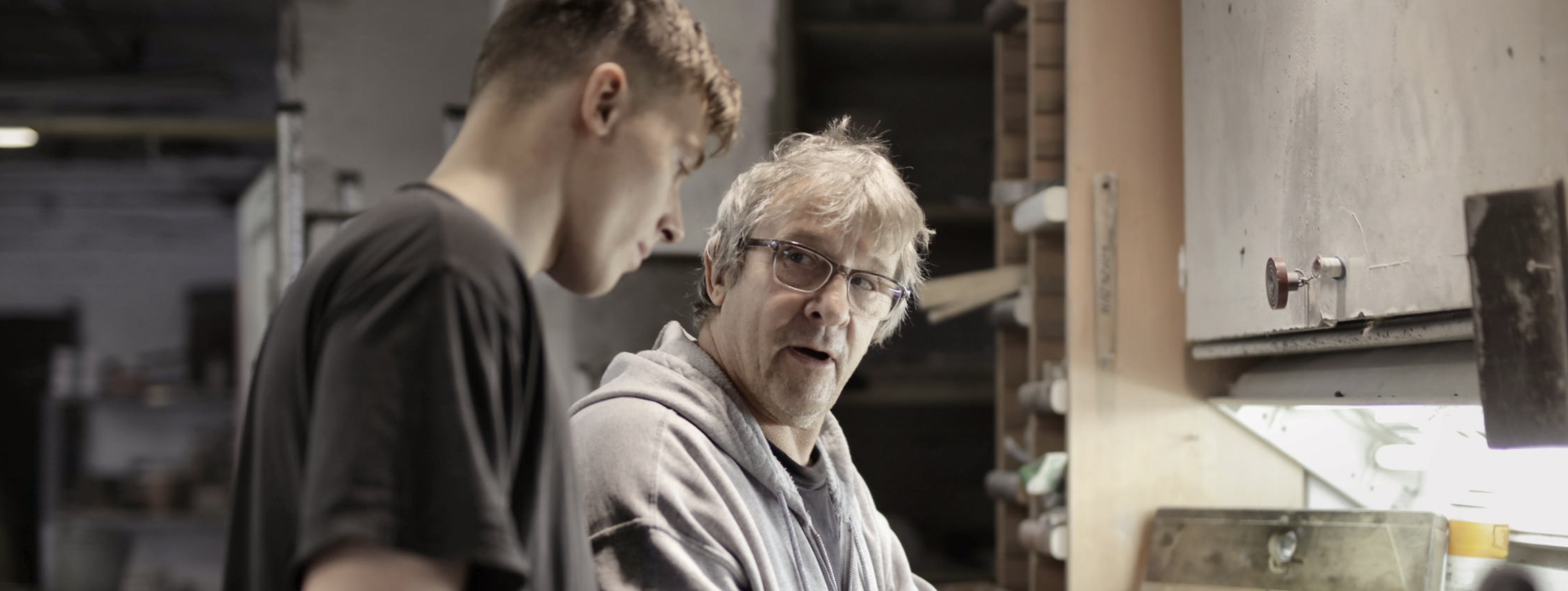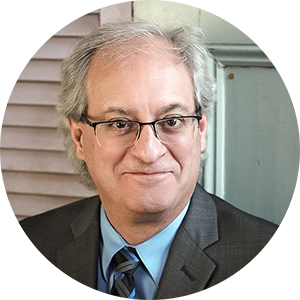When I first started teaching video production, back in the ’90s, in a college career and tech program, I didn’t know what UDL was and I certainly didn’t use the framework to plan my lessons for all of my students. In the ’90s, really no one did. My colleagues and I intentionally planned our lessons to be the same for everyone, down to the smallest details - that was the norm and what we were taught to do. At the time, we thought that this method was the best way to make sure that all of our students would be treated equally!
We didn’t stop there. In addition to providing consistency within classroom, we also offered it between classrooms. I hate to admit it, but we all taught in the exact same way. We thought that the consistency of delivery would remove any confusion and create a habit of practice for us and our students. So, each course had a binder with all of our lecture notes, assignments, and lab projects and we followed it to the letter….for a few years….until the wheels fell off the wagon. The students started complaining and the teachers were dying of academic boredom. We knew something wasn't right but we didn't know enough about how to change the classroom activities. The lab components of each course was working well. The labs were the complete opposite of the classroom lectures. There was a lot of creativity and flexibility in the creation of the video programs and the students loved that process.
In 2018, the Strengthening Career and Technical Education (CTE) (also known as Voc-Tech) for the 21st Century Act (HR.2353), which reauthorizes the 2006 Carl D. Perkins Career and Technical Education Act, was passed. The goal of the act is “to help more Americans enter the workforce with the skills necessary to compete for and succeed in high-skilled, in-demand careers”. The act calls for the expanded use of Universal Design for Learning (UDL) in career and technical education and the individualization of instruction that is necessary to reach all learners (CAST, 2018). The act highlights the use of digital technologies to provide the customization of the curriculum. “Advances in technology and the learning sciences have made the individualization of curricula possible in practical, cost-effective ways, and many of these technologies have built-in supports, scaffolds, and challenges to help learners understand, navigate, and engage with the learning environment.” CAST, 2018) I wish that this act happened back in the 90s!
But what does that mean in the Voc-Tech classroom or lab and what does it look like?
CAST held a webinar in September of 2021 called New & Dynamic Ways Forward: UDL in Career & Technical Education that discussed UDL practices in culinary and carpentry. Rachel Conover, a Culinary Arts educator at Indian Valley Vocational Center, Illinois detailed how she has used UDL to add more visual instructions along with her traditional text-based instructions and simple checkboxes to help her students follow the instructions better and track their progress through the assignment. She has increased her use of visual tools and allowed for more student creativity in the classroom and kitchen; used more technology to increase avenues of communication, engagement, representation and action and expression and provided more “challenge” for her students instead of just telling them to “follow the instructions”. All of this has resulted in a huge change in her teaching strategy that went from “where do I want my students to be” to “where can I meet them where they are”? So, she always provides multiple options for everyone and promotes an “opt-out instead of opt-in” philosophy. All of these changes have led to an increase in her connection with students and an improvement in the culinary development of the students.
Abe Ewing, a Woodshop & Manufacturing educator from New Hampshire agreed with everything that Rachel mentioned and added that he expanded his use of cooperative learning groups, self-assessment and self-reflection. His innovations have led him to a lab environment that is more focused and safer as it has given him more time for individual and small group instruction on specific tools and practices while the other students are actively engaged in their own individual or group projects. The collaborative working groups are also required to present the results of their projects to the rest of the class using a system that gives everyone a job in the development and delivery of the presentation and the project itself.
UDL is catching on in CTE and is being talked about and planned for in many institutions.
Derek Martel, an Automotive/High-Performance Assistant Professor at the New England Institute of Technology in Rhode Island has been using more videos to engage students. He often gives a choice of a text or a video of a process and asks the students to answer questions about the process. The answers can be sent via text or video as well. He is also providing his students with more challenges in the form of “if/then” statements that require the student to figure out what is happening in the engine or component. Derek feels that his biggest improvements have come as a result of his combination of lectures within the lab environment where he can explain a certain procedure while the students are actively engaged in the procedure instead of separating the lecture from the lab and doing it in the classroom. The automotive department has switched to multimedia-enhanced teaching resources that offer animations, videos, and illustrations in addition to text that give students more options to learn the material. These new digital textbooks are delivered through the university’s learning management system (Canvas).
Mark Lite, another Assistant Professor at the New England Institute of Technology, used the Covid pandemic to rewrite all of his courses for delivery over a Zoom conference and changed all of his PowerPoint presentations into pictures and videos. He records his presentations and offers the recordings to his students after the Zoom conference for review or for those students who were not able to make the session. He has also created more videos of himself giving demonstrations on specific repairs to the engine or other automotive components and often sees his students using the videos while they are making the repairs. Having these new presentations and all of the new videos gives him more time to decode the very difficult and complicated material that is necessary for the maintenance of a new car and gives him a chance to discuss the “why” of it all.
An article in the CTE Journal demonstrates how multiple options in all three principles of UDL can be delivered in an electrical class. The table mentions the use of Bloom’s Taxonomy as well as Dave’s Taxonomy. Bloom’s Taxonomy is a “framework for categorizing educational goals” and Dave’s Taxonomy is for the psychomotor domain and characterizes “progressive levels of behaviors from observation to mastery of a physical skill”. Please note the use of the traditional lecture along with the use of video, reading, and lab work and the use of online as well as in-person activities.
Taken together, all of these examples show that UDL in the Voc-Tech classroom or lab doesn’t look all that different from UDL in a standard academic classroom. The goals for the course are still the same but the methods for reaching those goals have just been expanded. “Firm goals, flexible means” works in all classrooms regardless of the pathway.
Resources
- https://www.ahead.ie/journal/Cars-Education-and-UDL
- https://citeseerx.ist.psu.edu/viewdoc/download?doi=10.1.1.968.1476&rep=rep1&type=pdf
- https://www.cast.org/products-services/events/2021/09/new-dynamic-ways-forward-udl-career-technical-education-cte
- https://www.crossbraining.com/news/universal-design-for-learning-part-4-checkpoint-3.4
- http://www.iiisci.org/journal/pdv/sci/pdfs/IP075LL19.pdf
- https://www.thectejournal.com/uploads/1/0/6/8/10686931/lee_fall_2019.pdf
- https://journals.ala.org/index.php/ltr/article/view/6674/8954



